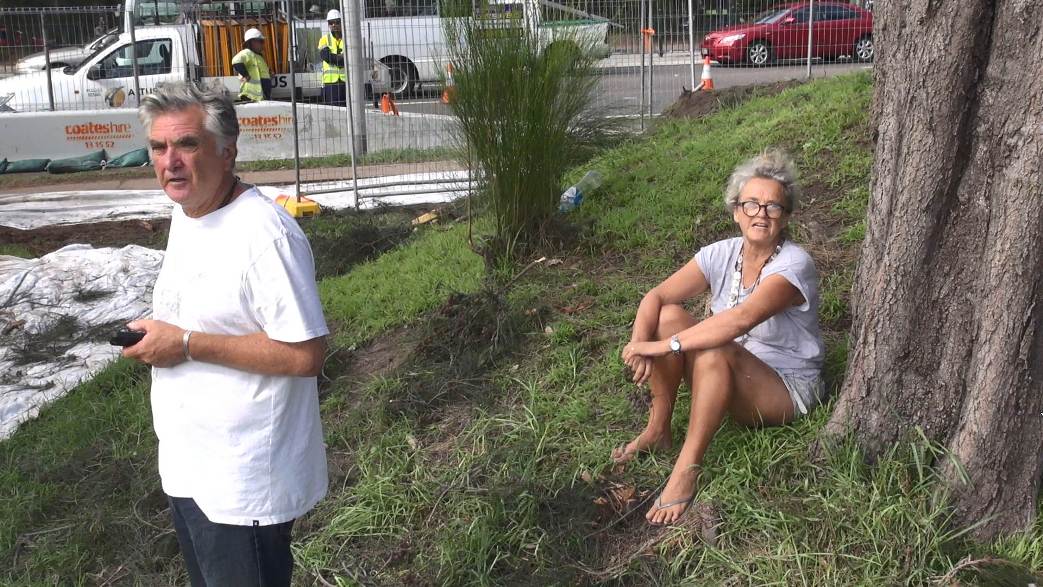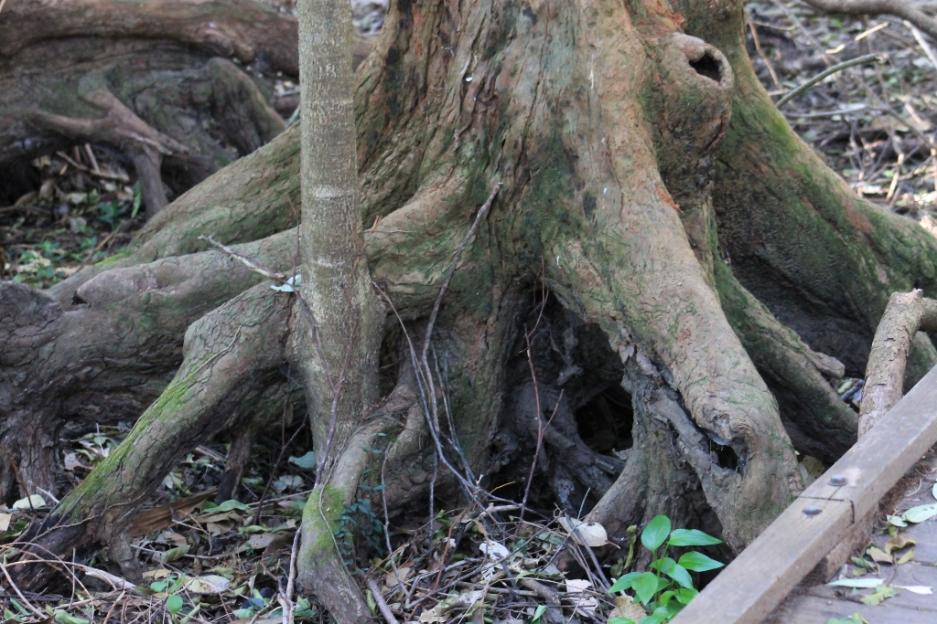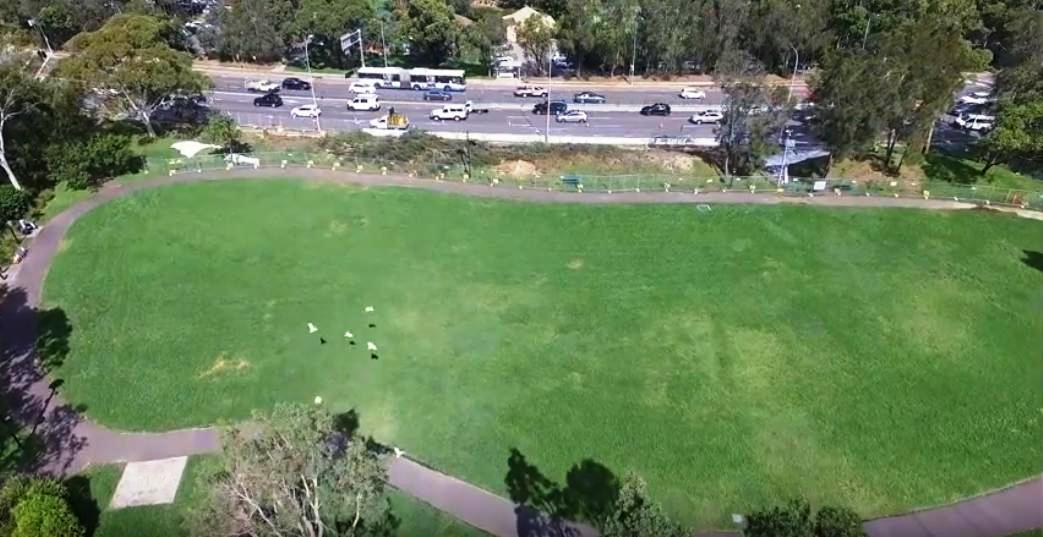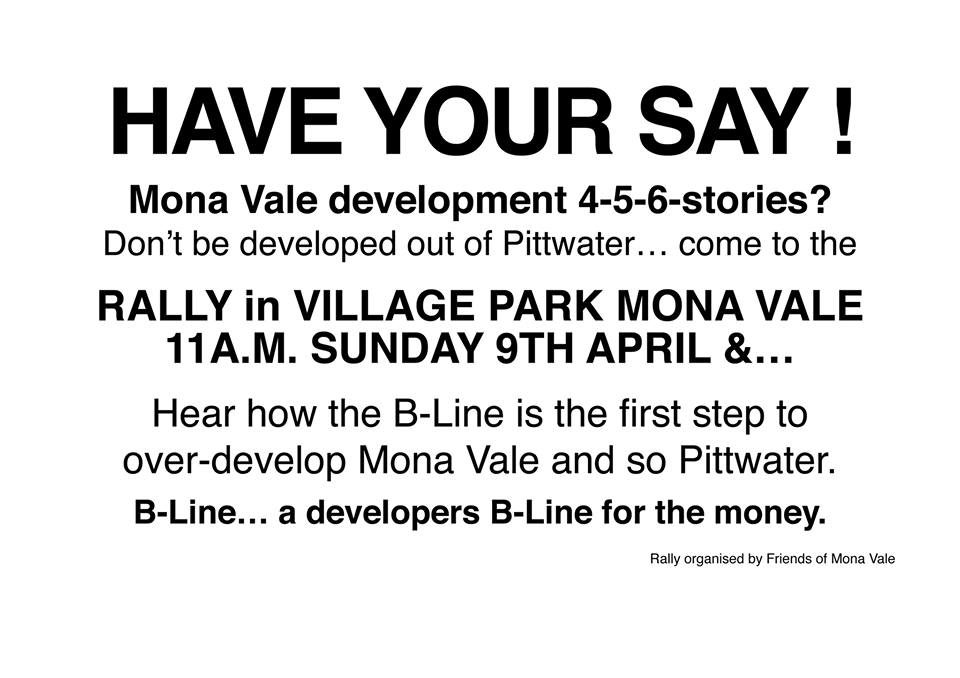April 2 - 8, 2017: Issue 307
Birds Baffled by B-Line Sleight of Hand: Where did all our trees go?

The B-Line works proceeded at full steam this week, pausing only on Wednesday when two Avalon residents took action to oppose the cutting down of Mona Vale Village Park trees by occupying the space the trees were being removed from.
Police officers were called and attended, including a commander. The decision was that the police would take no action to keep people out of the enclosed area, on the basis that it is Crown Land, but that they entered at their own risk.
Their protest meant the end of the tree loppers works for that day.


By Friday afternoon, 2.30 p.m., 14 trees were left. Also present were six men, three men at either end of the then blocked off easterly path through the park, two of these stationed three ‘traffic controllers’ clearly security guards.
Residents have expressed opposition to what has occurred this week as well as stating they’re not happy that people employed to do a job have been harassed.
Others have put forward an opposite view, stating,
‘This is a great day for Mona Vale. This is the beginning of a wonderful integrated public transport solution for the people of the northern beaches. Don't be sad for the environment. Think of the thousands of car trips this B-Line service will replace and the reduction of tonnes of CO2 being spewed into the atmosphere every day on Pittwater and Mona Vale Roads.’
Others are more than sad for the environment though, they are dismayed, finding the concept that cutting down masses of trees to reduce cars ‘spewing toxins’ by getting them off roads ignores the basic precept of these largest of plants; trees.
An answered email inquiry on the Mona Vale works brought this response:
‘The B-Line program at Mona Vale includes a slight realignment of Village Park to create a new bus indent, which will allow traffic and buses not stopping at Mona Vale to continue uninterrupted by stopping buses, particularly B-Line services.
To create space for this indent, the existing mounds at Village Park will be shifted slightly to the west, with a 50cm retaining wall on the Barrenjoey Road side minimising impact to the amenity within the park. 21 existing trees within and around the existing mounds will also be removed to allow for the new indent.
Following consultation with local stakeholders and community groups, it was decided that replacement trees will include Norfolk Island Pine and Swamp Mahogany.
Replanted trees will be semi-mature and replanted as soon as possible after the mound has been adjusted.’
In total 26 trees were to be lost and it is a requirement that the Offset for these will be 118 trees planted 'on or near the impacted site', as per the documents available on the Mona Vale page of the B-Line website.
Swamp Mahogany trees, Eucalyptus robusta, average 20-30 m. when fully grown, with a trunk up to 1 metre in diameter – those who plant them are advised to allow 2.5 to 3m around them or between them. Once grown their canopies can create 25 square metres of shade, closely planted trees joining canopies. Trees growing in the open have crowns with long, spreading, irregular and brittle branches, forming a dense canopy, whilst when growing in closely spaced plantations the branches are almost erect so that little crown spread occurs. In humid climates some of the trees form aerial roots on the main bole as far as 6 metres above the ground.

Swamp mahogany in Warriewood wetlands
In 1877, Manly's civic patriarchs consulted Botanic Gardens director Charles Moore on what to beautify their suburb with. He recommended three species not native to Sydney, the Norfolk pine among these.
Manly was the way a beach should look according to many. In 1902 the Norfolk pine was the officially recommended timber tree for NSW coastal areas. In Forest Flora of New South Wales Joseph Maiden wrote: "Norfolk Island Pine is recommended as the main timber tree for the New South Wales coast for the following reasons: it revels in the sea air; its narrow leaves and conical shape present comparatively little resistance to strong winds; it is ornamental in appearance; and it furnishes a useful, soft wood." [1.]
With no flowers and no nectar for birds, but pine seeds cockatoos will feast on, and the ability to turn the earth for up to 20 metres around it to scorched dust, these trees may suit sandy locations but can denigrate their surrounds in other soils.
That is the most poignant image many are left with at week’s end, after the chainsaws ceased a razor like din, the sight of birds who frequent the park returning, landing then taking off again, possibly wondering where their trees have gone. That sight alone rips at the heart.

Their calls in leaving is replaced by silence that renders you speechless. Into this strange void step some of those voices who don’t always speak up but are still there, watching, hearing:
‘I read and listen with interest to the disappointment and disapproval by many people of those charged with all aspects of running our Country. Now more than ever we must ensure that anybody who has been involved the past decision making processes does not have a job in the upcoming elections. We must find some new blood.
For too long we have been complacent and happy to go with the flow and the results thus far have been appalling to say the least.
Keep doing the same thing and the results will be the same. It's time for our biggest change. But let's have a goal to remove all the old and stale "yes" people at the next elections. Our next task is to find the new people to lead us by listening to and acting for us. The time for change is NOW....’
We received the below video from the Friends of Mona vale Group at 3.40 a.m. April 2nd, and this flyer on Friday.


1. Maiden J.H. (1902). (University of Sydney Library) Forest Flora of New South Wales [WWW Online Database] URL http://setis.library.usyd.edu.au/badham/
Government thugs arrive in Pittwater: B-Line lie exposed
Published on 2 April 2017 by Pittwater Pathways